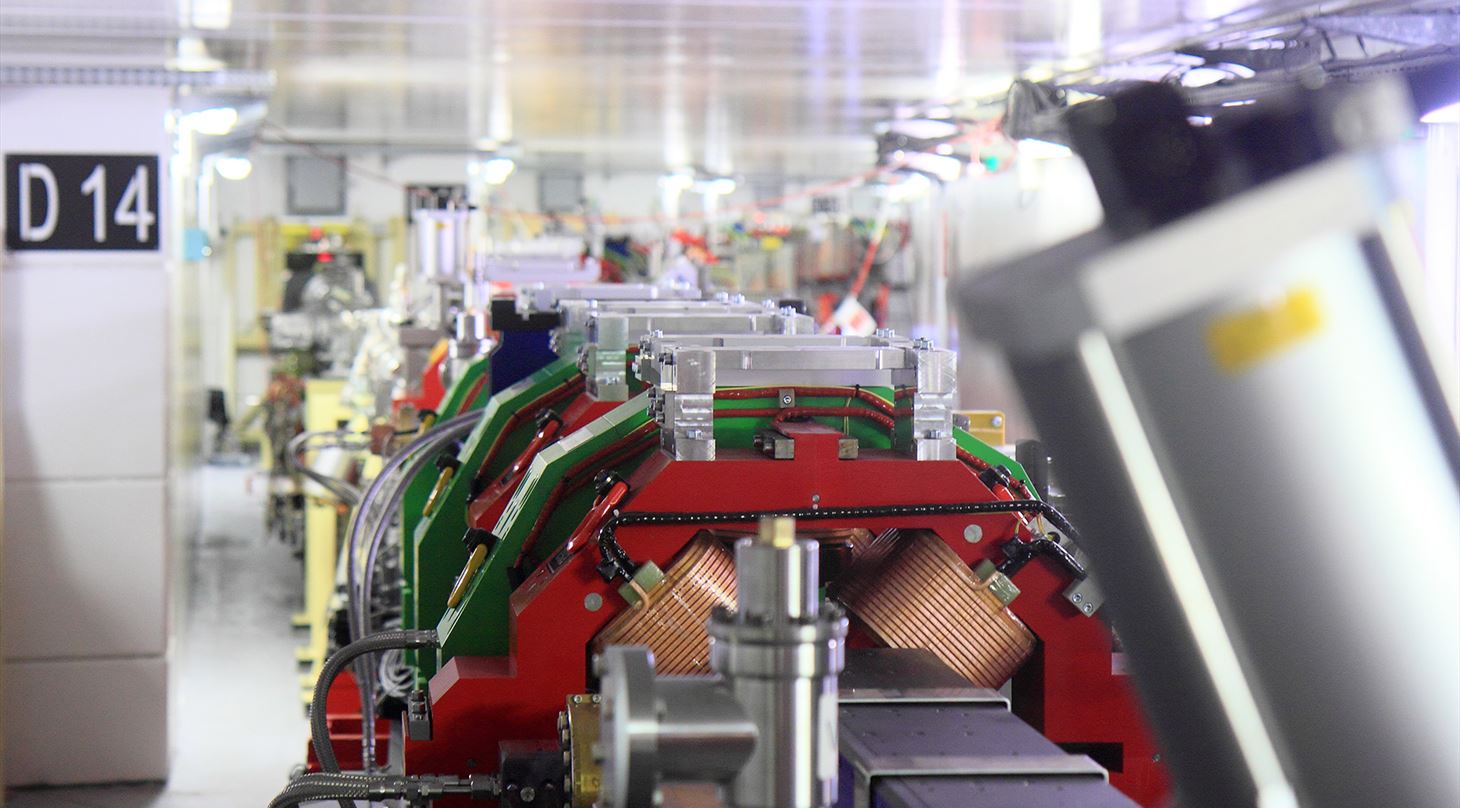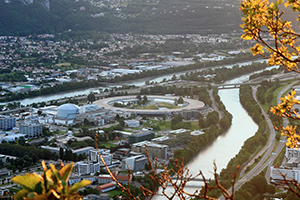
X-ray and neutron facilities
From cutting-edge research to standard investigation techniques
Synchrotrons and neutron sources are large, often international, facilities where x-ray- and neutron beams are being produced. For more than 50 years, these beams have been applied for characterization of everything from metal components and batteries to emulsions and biological systems. The techniques are generally developed for highly specialized, academic use, but have now matured for general industrial use. They can provide knowledge and insight that cannot be obtained using lab-based techniques, and are therefore strong, complementary tools.
X-ray measurements
At large-scale synchrotron facilities, x-rays are produced with advantageous properties, providing new opportunities compared to lab-based x-ray sources:
- Time-resolved studies are enabled by the high beam intensity, leading to very fast measurements, and making them ideal for studying fast processes. The short measurement times also often lead to a lower price per sample, compared to measurements at lab-based sources.
- High spatial resolution can be achieved by the ability to focus the beam on a very small spot, typically down to the micro- and nanometer scale.
- Instruments can be set up to focus on certain components in the sample by adjusting the energy of the x-ray beam.
- To enhance structural details that are otherwise difficult to see, one can use phase contrast imaging. Ultra-high image resolution can be obtained by using the method ptychography. Both these techniques are enabled by the high level of coherence of the synchrotron beam.
 Neutron measurements
Neutron measurements
While x-rays interact with electrons in the material under investigation, neutrons interact with the atomic nuclei. This means that:
- Neutrons can typically probe deeper into components compared to x-rays.
- While x-rays are more sensitive towards heavy elements, neutrons are also sensitive towards several of the lighter elements, e.g. hydrogen. Therefore, neutrons can be applied to e.g. map the distribution of water or hydrocarbons inside a motor, a pipe system, or a pressure vessel, or to see the distribution of lithium inside a battery.
- With neutrons it is possible to distinguish between different isotopes of an element, e.g. between hydrogen and deuterium. Therefore, one can enhance the visibility of certain parts of a material by exchanging hydrogen for deuterium.
- Neutrons can be applied to investigate the magnetic properties of a material.
- Neutrons are capable of studying dynamics in materials, such as diffusion or vibrations.
A disadvantage of neutron measurements is that the intensity is much lower compared to x-ray facilities, resulting in longer measurement times, and lower spatial resolution. The most intense neutron facilities are however still capable of producing enough neutrons to perform measurements with time resolutions of less than 1 second per image.
Facilities in Europe and Denmark’s role
Europe hosts a range of world leading x-ray and neutron facilities, with Denmark centrally located between several of them. The synchrotron DESY and the free electron laser European XFEL are located in Hamburg. And in Lund, only 50 km from Copenhagen, the world’s most powerful neutron source, European Spallation Source (ESS), is under construction, co-hosted by Denmark and Sweden.
Right next to ESS one finds the new synchrotron facility MAX-IV, where a Danish instrument is under construction. Together, these facilities will provide unique application opportunities for Danish companies.